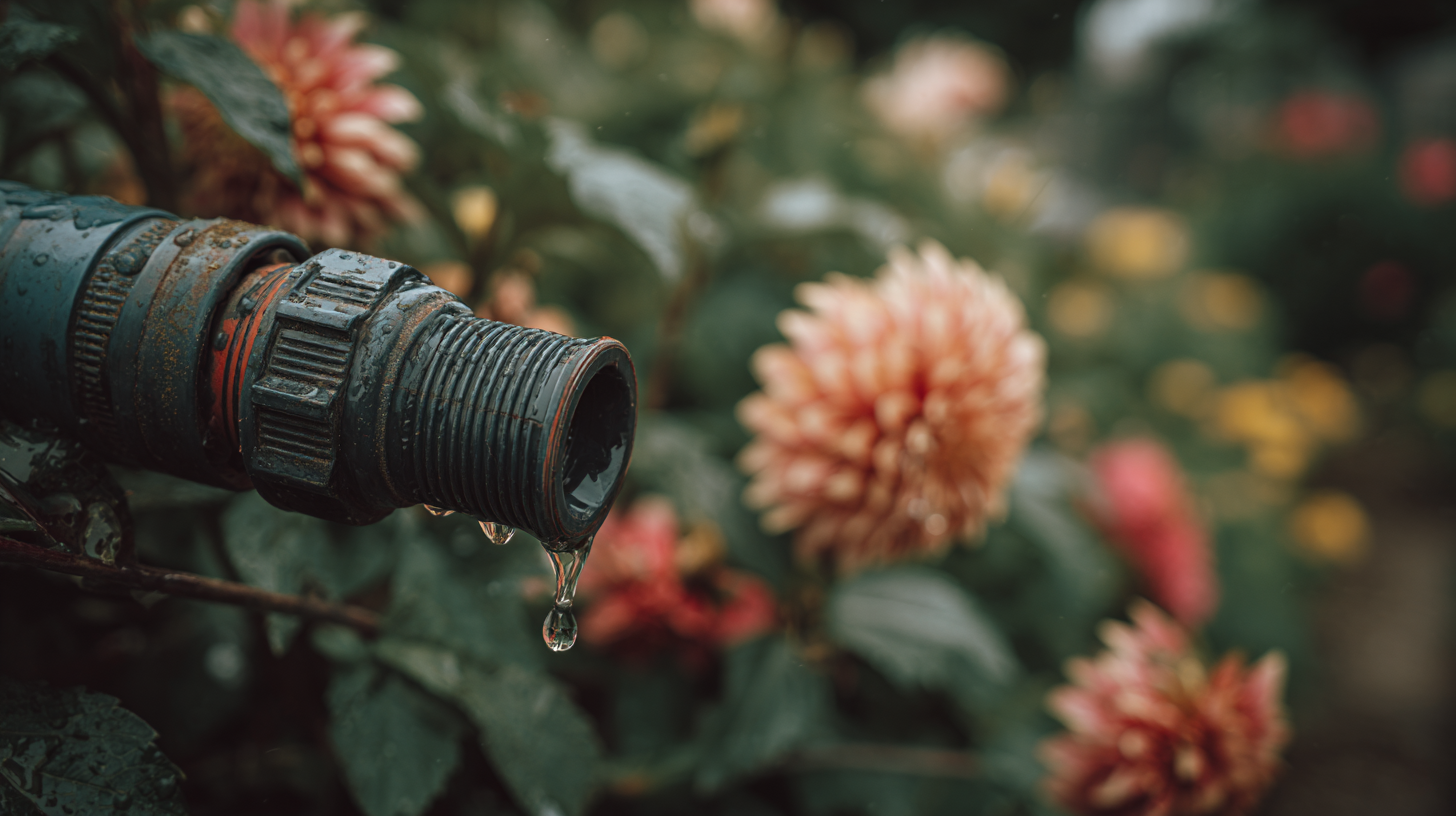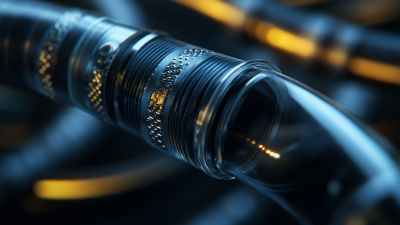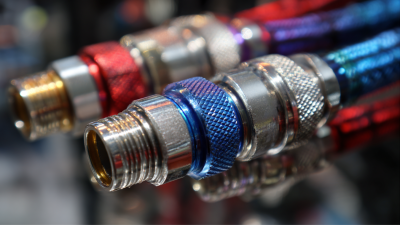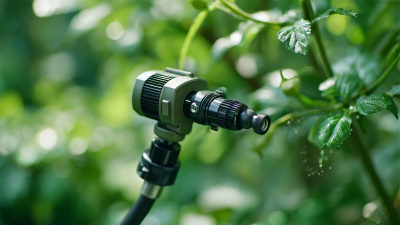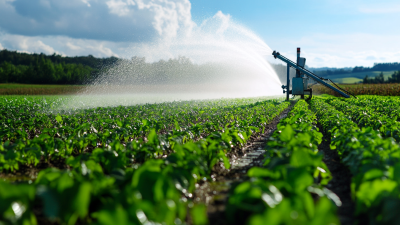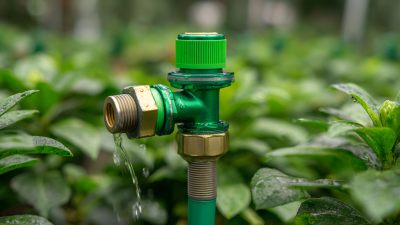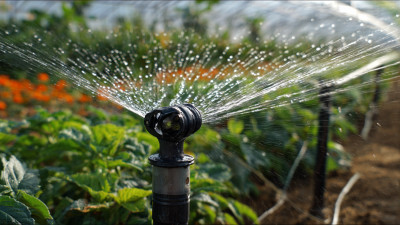In the realm of home gardening, the importance of selecting the right equipment cannot be overstated, particularly when it comes to components like the Plastic Hose Connector. According to a report by Grand View Research, the global garden hose market is expected to reach $2.45 billion by 2025, reflecting a growing trend in outdoor gardening and landscaping activities. A properly chosen Plastic Hose Connector can significantly enhance water flow efficiency and durability, which are critical for sustaining healthy plants and gardens. As gardening enthusiasts increasingly turn to more sustainable practices, the right connectors not only reduce leaks and waste but also improve the overall functionality of irrigation systems. This essential guide aims to demystify the selection process, ensuring that gardeners can make informed choices that align with their specific gardening needs and objectives.
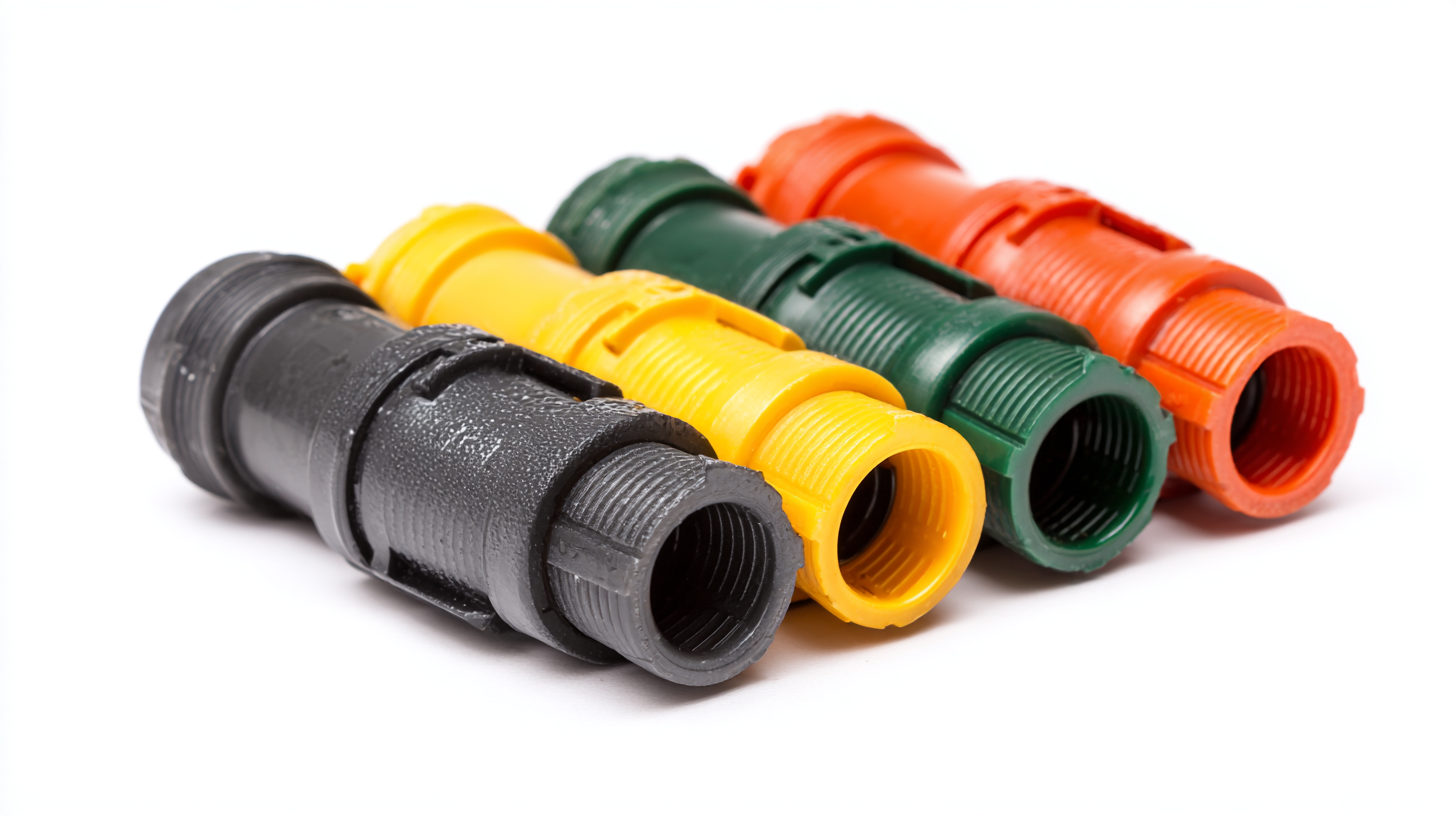
When it comes to home gardening, choosing the right plastic hose connectors is essential for ensuring a smooth and effective watering system. There are several types of connectors available, each designed to serve specific functions. For instance, the most common types include hose end connectors, faucet adapters, and quick-connect fittings.
Hose end connectors typically attach at the end of a garden hose, allowing you to connect various watering tools. Faucet adapters, on the other hand, enable hoses to be securely attached to outdoor spigots, while quick-connect fittings allow for easy attachment and detachment, making garden maintenance a breeze.
Tips: When selecting connectors, consider the diameter of your hose, as connectors come in various sizes. It's also wise to choose connectors made from high-quality plastic because they tend to withstand UV rays and temperature fluctuations better than lower-grade materials. For gardeners who frequently change attachments, quick-connect fittings can save valuable time and effort, allowing for a hassle-free watering experience.
Additionally, pay attention to the threading on connectors. Some are made with universal threads that fit a variety of faucets and hoses, while others may have specific sizes. Inspect the compatibility of your existing tools and connectors to ensure a perfect fit, preventing leaks and ensuring efficient water flow for your plants.
When selecting a hose connector for your home gardening needs, several key features should be at the forefront of your decision-making process. First and foremost, consider the material of the connector. Durable plastics such as polypropylene and PVC offer good resistance to wear and harsh weather conditions, ensuring longevity. Additionally, opt for connectors with UV protection if your setup is exposed to direct sunlight, as this will prevent brittleness and cracking over time.
Another important factor is compatibility. Make sure the hose connector fits your existing garden hoses snugly. Check for standard sizes, such as 3/4-inch or 1/2-inch, and look for connectors that feature a universal design when possible. Ease of use is also crucial; choose connectors with ergonomic grips and quick-release mechanisms to facilitate effortless attachment and detachment. Lastly, ensure that the connector has a solid sealing mechanism to prevent leaks, as efficient water flow is vital for maintaining a healthy garden. By focusing on these key features, you can select the best hose connector tailored to your specific gardening needs.
| Feature | Description | Importance | Recommendation |
|---|---|---|---|
| Material | Durable, UV-resistant plastic | Ensures longevity and performance | Look for high-grade polymer materials |
| Compatibility | Fits standard hose sizes | Ensures easy connection | Check hose diameter before purchase |
| Connection Type | Twist-on or snap-fit options | Facilitates ease of use | Choose based on personal preference |
| Pressure Rating | Suitable for standard garden water pressure | Prevents leaks and bursts | Ensure connectors handle required pressure |
| Ease of Assembly | Tool-free assembly | Saves time and effort | Opt for connectors that require no tools |
Installing a plastic hose connector in your garden can significantly improve your watering efficiency and overall gardening experience. The installation process involves a few simple steps that, when executed correctly, can lead to a durable and effective connection. Firstly, ensure that both the hose and connector are clean and free of debris. A neat connection is crucial; dirt can lead to leaks and poor performance. According to industry research, the right choice of materials is vital; connectors made from durable plastic can withstand various weather conditions and offer long-term reliability in outdoor settings.
Next, it's essential to select the appropriate size of the connector that fits your hose perfectly to avoid any inconvenience or wastage. As noted in recent reports, the shift towards eco-friendly materials such as alternatives to PFAS in connector manufacturing is becoming more prevalent, providing safer options for consumers. Once you’ve selected the right connector, attach it securely to both the hose and the watering device by pushing firmly and twisting if required, ensuring everything is snug. This straightforward approach not only enhances the gardening experience but also builds a sustainable practice through effective resource management in the garden space.
This bar chart represents the popularity of different hose connector sizes among gardeners for home use. The data reflects the number of users who prefer each size, which can guide you in making the right selection for your gardening needs.
Maintaining your plastic hose connectors is crucial for ensuring they last throughout the gardening season. One of the simplest yet most effective maintenance tips is to regularly inspect the connectors for any signs of wear or damage. Look for cracks or leaks that may cause low water pressure or inefficient watering. By addressing issues early, you can avoid more significant problems down the line.
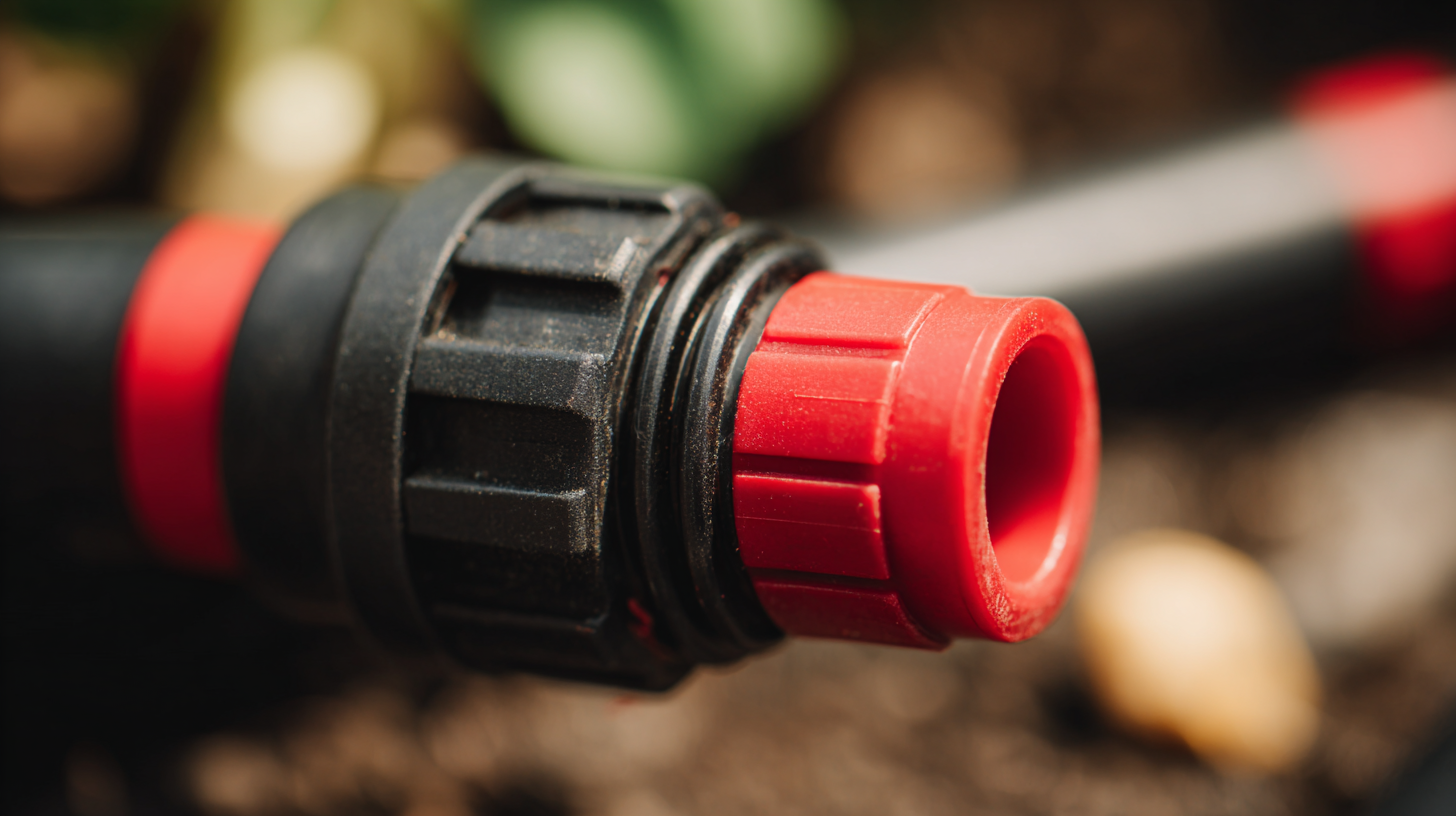
Another essential care tip is to properly clean the connectors after each use. Debris and dirt can build up, leading to clogs and reduced water flow. Rinsing the connectors with water and allowing them to dry before storage will help prevent mold and mildew, extending their lifespan. Additionally, when storing your hose and connectors, consider keeping them in a sheltered environment to protect them from extreme temperatures and UV exposure, which can degrade plastic over time. By following these simple maintenance practices, you can ensure that your hose connectors remain in optimal condition for your home gardening needs.
When choosing hose connectors for your garden, several common mistakes can hinder your gardening efforts. One of the primary errors is opting for connectors that aren't compatible with your existing hoses. Always ensure the sizes and fittings match to avoid leaks or disconnections while watering. Additionally, many gardeners overlook the material quality of the connectors. Plastic connectors are lightweight and convenient, but cheaper options may crack or break over time, leading to frustration during usage.
Another misstep is neglecting to consider the ease of use. Some connectors require tools for installation or are overly complicated, which can deter regular watering practices. Instead, look for user-friendly designs that can be quickly attached or detached. Also, many gardeners fail to account for their specific watering needs. Whether you're setting up a drip irrigation system or simply connecting a soaker hose, choosing the right connector can improve efficiency and ensure your plants receive consistent care with less effort.
